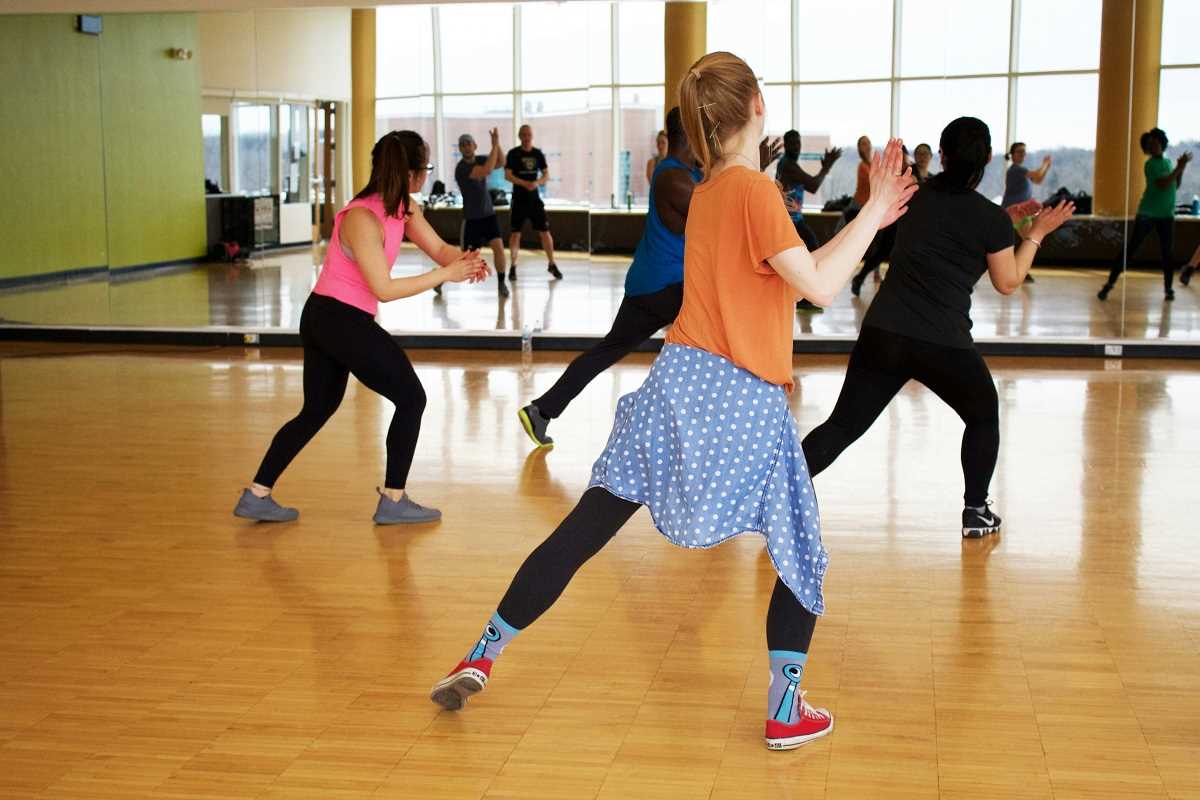Intermittent fasting (IF) has gained significant traction in recent years, not only as a dietary trend for weight management but also as a potential tool for improving athletic performance. By alternating between periods of eating and fasting, proponents suggest that IF can enhance metabolic health, increase fat burning, and even boost endurance. But how effective is intermittent fasting for athletes? Let’s explore the science behind this approach and whether it truly lives up to the hype for those aiming to optimize their performance.
What is Intermittent Fasting?
Intermittent fasting isn’t a diet in the traditional sense—there’s no specific food list or calorie counting involved. Instead, it’s an eating pattern that cycles between periods of eating and fasting. Common methods include the 16/8 approach (fasting for 16 hours and eating during an 8-hour window), the 5:2 method (limiting calorie intake to 500–600 on two non-consecutive days a week), and alternate-day fasting.
The concept of fasting stems from ancient eating patterns, where food wasn’t always readily available, and extended breaks between meals were common. Today, IF is being reexamined for its effects on health and exercise performance, with researchers investigating how fasting impacts the body and whether athletes can use it to their advantage.
The Physiological Effects of Fasting
When you fast, your body goes through several physiological changes that may influence how energy is stored and utilized. These changes primarily revolve around metabolism, insulin sensitivity, and fat utilization.
1. Metabolic Shifts
Fasting triggers a shift in energy metabolism. By abstaining from food, the body depletes its glycogen stores (sugar stored in the liver and muscles) and begins breaking down fat for energy. This process produces ketones, a type of molecule that serves as an alternative energy source, particularly for the brain. These shifts encourage the body to become more efficient at burning fat, which can be beneficial for athletes who aim to improve their energy utilization during endurance activities.
2. Improved Insulin Sensitivity
Intermittent fasting has been shown to increase insulin sensitivity, meaning the body becomes better at using glucose for energy. For athletes, this can enhance glycogen storage, a critical factor for sustaining high-intensity activities. Additionally, improved insulin sensitivity is associated with reduced inflammation, which may aid in recovery after intense exercise.
3. Hormonal Adaptations
Fasting also affects key hormones involved in muscle growth and fat metabolism. For example:
- Human Growth Hormone (HGH): Fasting can increase HGH levels, which aids in fat metabolism and muscle repair.
- Norepinephrine: This hormone is elevated during fasting and stimulates the breakdown of fat for energy.
Overall, these physiological responses suggest fasting could have performance-enhancing effects—a promising prospect for athletes.
Benefits of Intermittent Fasting for Athletes
Given the metabolic and hormonal shifts caused by fasting, intermittent fasting offers several potential benefits for athletes:
1. Enhanced Fat Utilization
Fasting encourages the body to rely on stored fat for fuel instead of glycogen. This can be especially advantageous for endurance athletes, such as marathon runners or cyclists, who need to sustain energy over long periods. By training the body to use fat more effectively, athletes may delay glycogen depletion and reduce the risk of hitting the proverbial "wall" during prolonged activities.
2. Improved Recovery
Lower levels of inflammation, coupled with improved insulin sensitivity, can support faster recovery post-exercise. Fasting-related boosts in human growth hormone (HGH) may also aid in muscle repair, allowing athletes to bounce back more quickly after intense training sessions.
3. Weight and Fat Loss
Intermittent fasting can help athletes maintain or lose weight while preserving muscle mass, making it easier to meet strict weight categories in sports like wrestling or rowing. Additionally, fasting reduces overall calorie intake for some individuals, helping to maintain an ideal body composition for optimal performance.
4. Mental Focus
Some athletes report increased mental clarity and focus during fasting periods. This could be attributed to the production of ketones, which may have a neuroprotective effect and provide a steady energy source for the brain.
Challenges and Potential Drawbacks
While intermittent fasting offers several benefits, it’s not without its challenges—especially for athletes with high energy and nutrient demands. Some potential drawbacks include:
1. Reduced Performance in High-Intensity Workouts
Fasting depletes glycogen stores, which are the primary energy source for high-intensity, anaerobic activities like sprinting or weightlifting. Athletes who rely on explosive power or speed might experience reduced performance if they train in a fasted state or don’t adequately refuel during eating windows.
2. Risk of Nutritional Deficits
Eating within a restricted window can make it challenging to consume enough calories or nutrients. For athletes, this can result in insufficient protein for muscle repair or a lack of essential vitamins and minerals, such as calcium and iron, which are vital for endurance and strength.
3. Disrupted Recovery
Fasted training might leave athletes more fatigued and less able to restore glycogen stores before their next workout. Over time, this could lead to slower recovery and even diminished performance.
4. Adapting to the Lifestyle
For many athletes, the rigid schedule of intermittent fasting can be difficult to adapt to, especially if training sessions fall outside of eating windows. This could lead to energy crashes or poor focus during workouts.
Insights from Recent Studies
Research on intermittent fasting and athletic performance is still evolving, but a few key findings have shed light on its potential:
- Fat Adaptation: Studies have shown that fasting improves the body’s ability to burn fat during exercise, which could be beneficial for endurance athletes.
- Performance Trade-Offs: While fasting enhances endurance in some cases, it may not be as effective for high-intensity, anaerobic activities.
- Individual Variability: The effectiveness of intermittent fasting depends heavily on the individual—factors like age, sport, and training intensity all influence outcomes.
Experts generally agree that intermittent fasting isn’t a one-size-fits-all solution. It may work well for some athletes but prove counterproductive for others, depending on their energy needs and goals.
Practical Tips for Athletes Considering Intermittent Fasting
If you’re an athlete curious about trying intermittent fasting, here are some tips to maximize its benefits and minimize potential pitfalls:
- Start Gradually: Ease into fasting by starting with a 12-hour fast and gradually extending the timeframe to avoid sudden energy crashes.
- Schedule Training Wisely: Time your workouts to align with eating windows, so you have fuel available for training and recovery.
- Focus on Nutrient Density: Optimize your eating window by consuming nutrient-dense foods, including lean proteins, healthy fats, whole grains, and plenty of fruits and vegetables.
- Stay Hydrated: Fasting periods can lead to dehydration if you’re not mindful. Drink plenty of water and consider electrolyte supplements during extended fasts or hot-weather training.
- Listen to Your Body: Pay attention to how you feel during and after workouts. If fasting causes fatigue, diminished performance, or irritability, it may not be the right approach for you.
- Seek Professional Guidance: Consult with a sports nutritionist or dietitian to create a fasting plan tailored to your needs and training goals.
Intermittent fasting is an intriguing nutritional strategy with potential benefits for athletes, particularly those focused on endurance and fat metabolism. However, it’s not without challenges, and its effectiveness largely depends on individual factors like training intensity, goals, and personal preferences. For athletes considering intermittent fasting, starting with a balanced approach, paying attention to nutrient intake, and seeking professional guidance can help ensure success. At the end of the day, the best dietary strategy is the one that supports your body and aligns with your performance goals.







